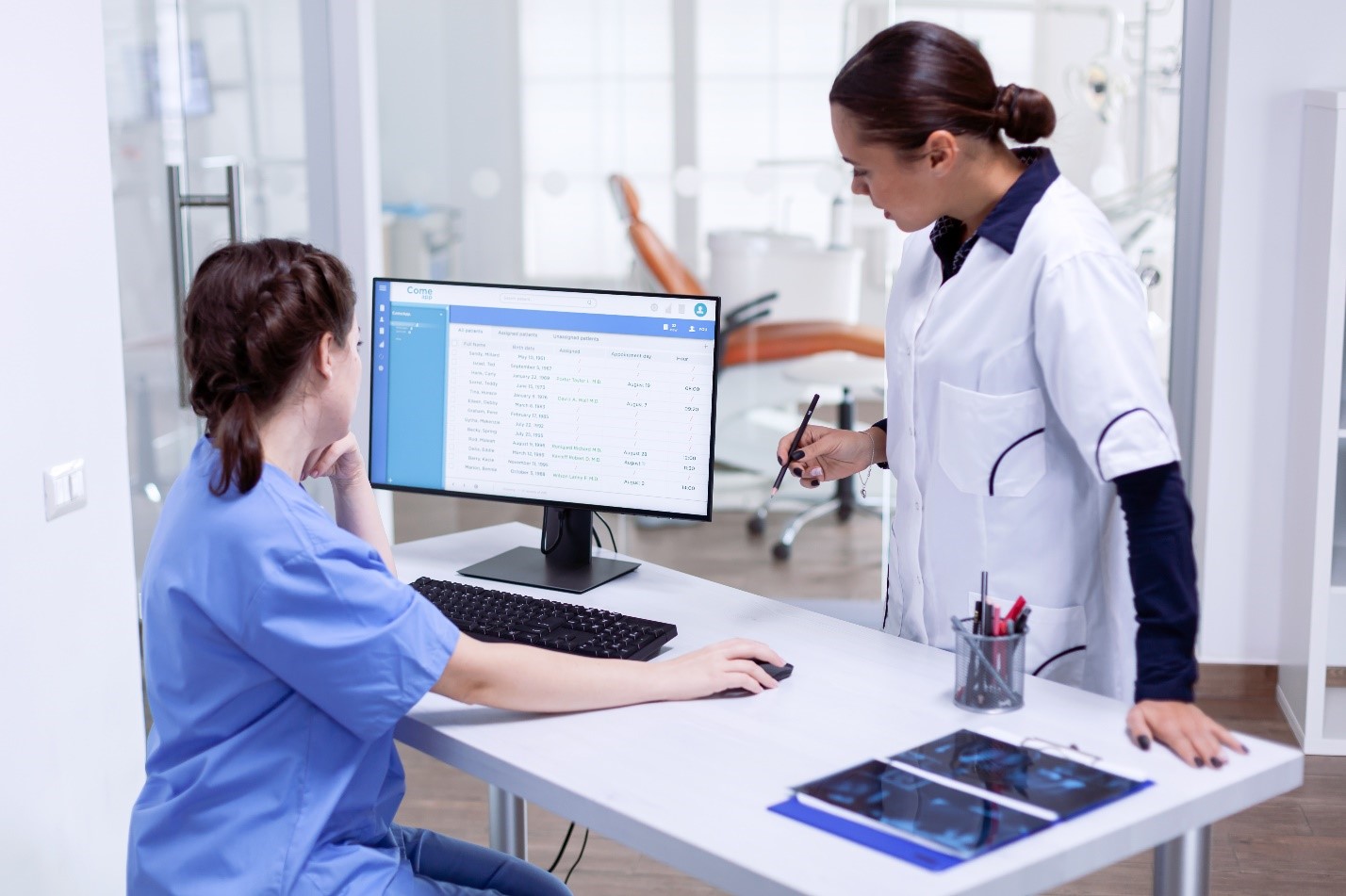Key Features in a Hospital Management Software Solution: WATCH OUT.

Your Medical Practice Management Software is crucial to running a hospital. A good Hospital Management Software(HMS) solution boosts efficiency and aids in the reduction of operational costs by up to 50%. A well-grounded software forms its base on five primary factors:
- Increasing effectiveness with a flexible approach
- Automating processes to improve workflow
- Enhance patient experience
- Dependable and copper-bottomed cash flow management
- A flexible, integrative approach
An approach that combines all these factors and doesn't compromise the security of data is what hospitals are looking for all over the world.
Features one should look for in an HMS:

Software capable of managing registrations and pulling up updated patient details as and when required is crucial in terms of the nitty-gritty of a successful solution for Hospital Management. Patient information could involve essential elements such as blood group, age, previous treatment, etc. An important step in assuring trouble-free treatment comes with being able to schedule and monitor appointments with one touch, as it cuts short crowds at the front desk.
The easier the process of onboarding a patient, the more seamless the experience for the patients during their treatment. In addition, during the discharge journey, it works as a one-stop solution for the seamless release of the discharge summary, billing details, and reports.
Some critical features of a HMS Solution include:
- Alerts for Outpatient Payment and Process Control
- Management of Digital Imaging and Diagnostics
- Vital Tracking And Management
- Staff Interaction And Collaboration
- Pharmacy And Store Management
- Prescription Renewals And Cancellations
Why should HMS include Electronic Medical Records?
Hospitals tend to place more weight on operational and financial considerations when assessing HMS software and less emphasis on clinical records; however, this is only true until one realizes how crucial it is to keep these clinical data or Electronic Medical Records. Coordination procedures that require connecting with the reception and involve the transfer of departments while keeping in mind the organization's rules are one of the most well-established components of the Electronic Medical Record System. Electronic medical record (EMR) is not a standalone system. Rather, it is a complete ecosystem with many linkages that provides an all-encompassing approach towards diagnosing, preventing, diagnosing, treating, caring for, and managing medical issues.
The automated EMR system uses prompts, reminders, and alerts to offer a wide range of benefits, including improved compliance for complementary clinical procedures, the potential for routine screenings, the ability to incorporate other crucial techniques, natural treatment and diagnosis, and assistance in identifying potential drug interactions.
To increase staff efficiency, improve data administration, and provide high-quality services, hospitals are moving away from traditional administrative and onboarding processes and towards digital infrastructure. In summary, the hospital management software fully optimizes the institution's operations and workflow.